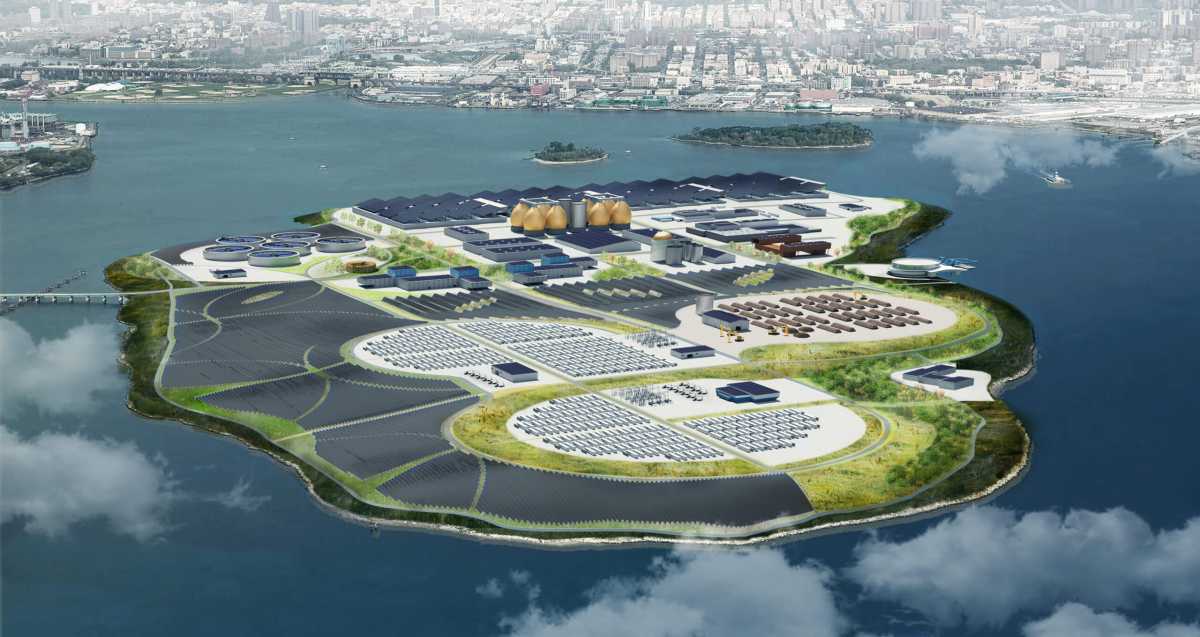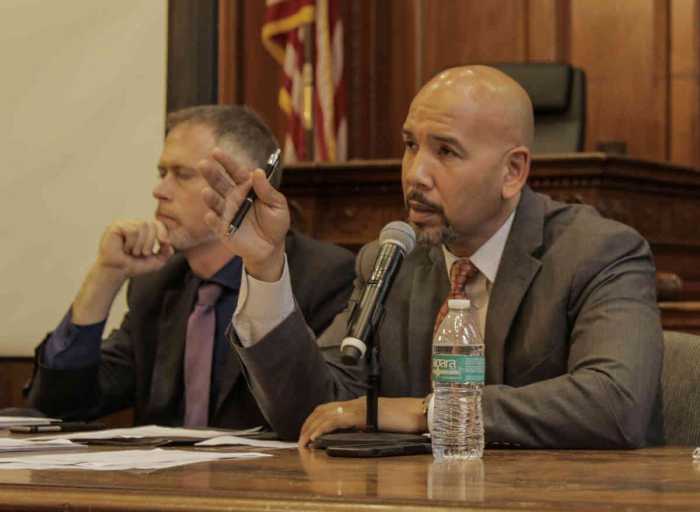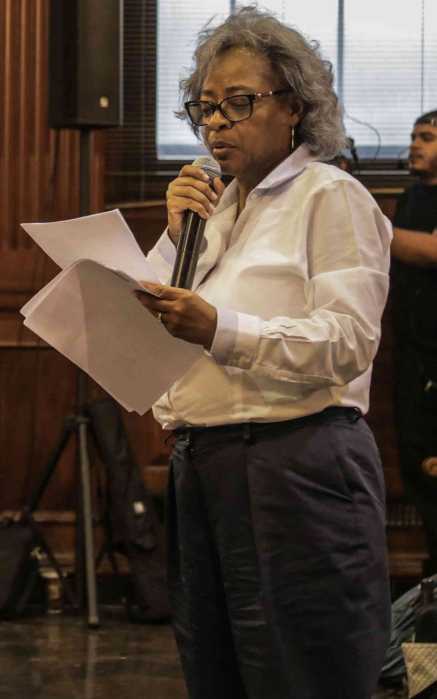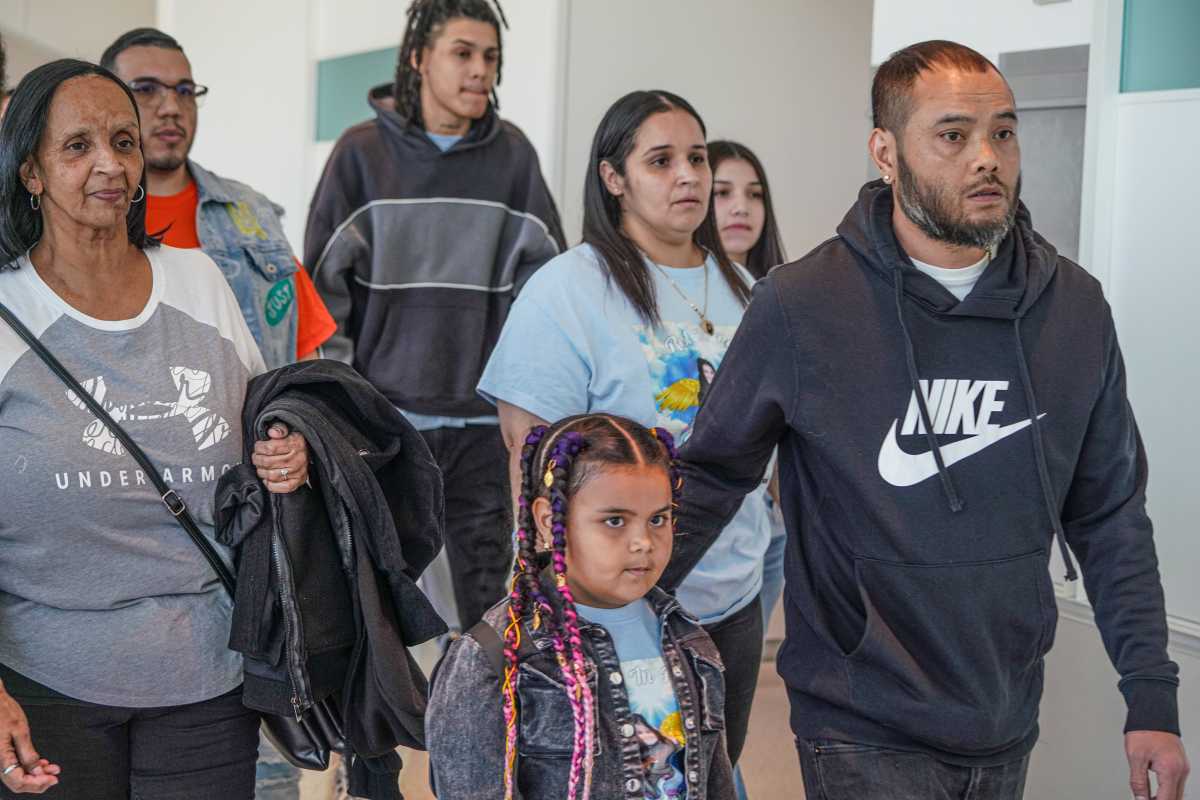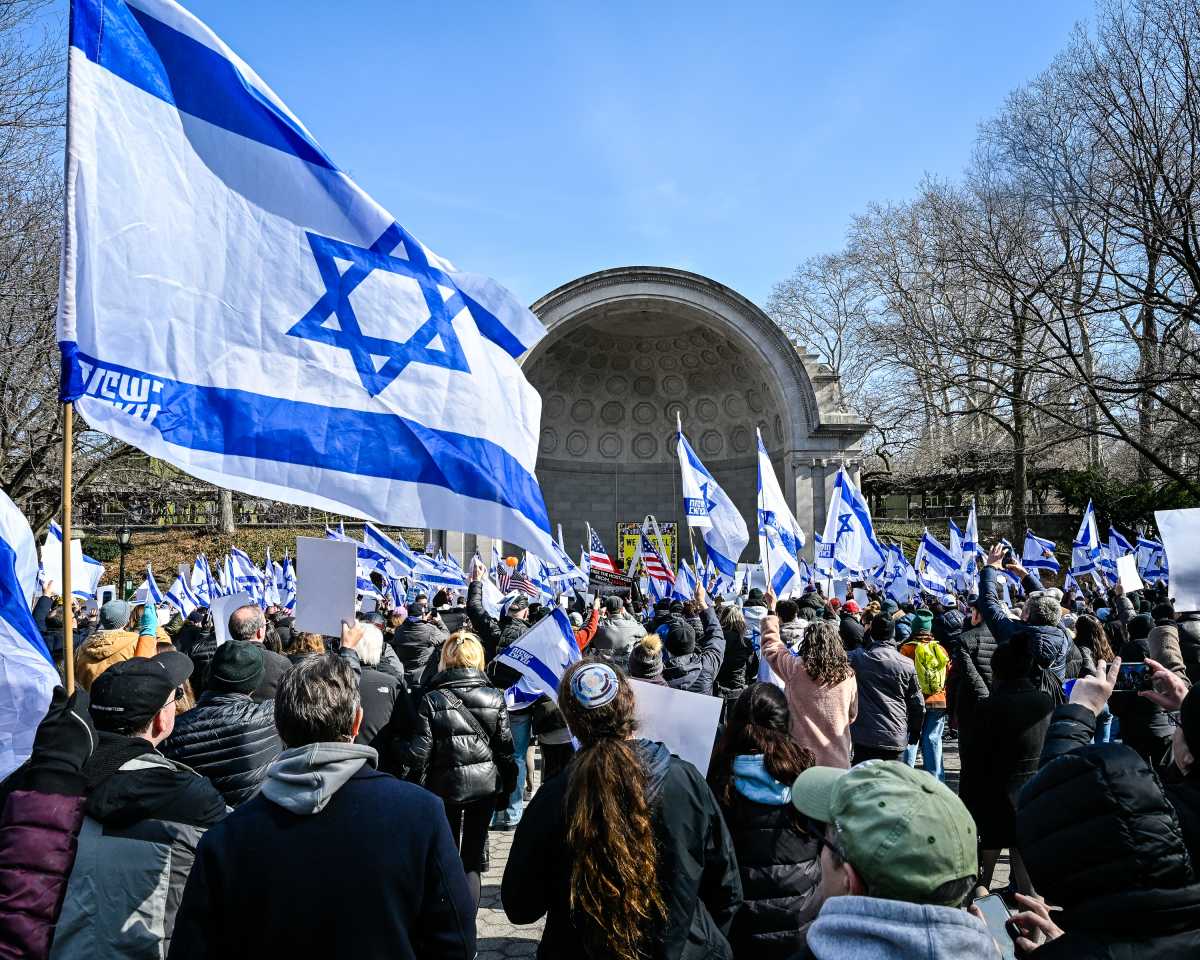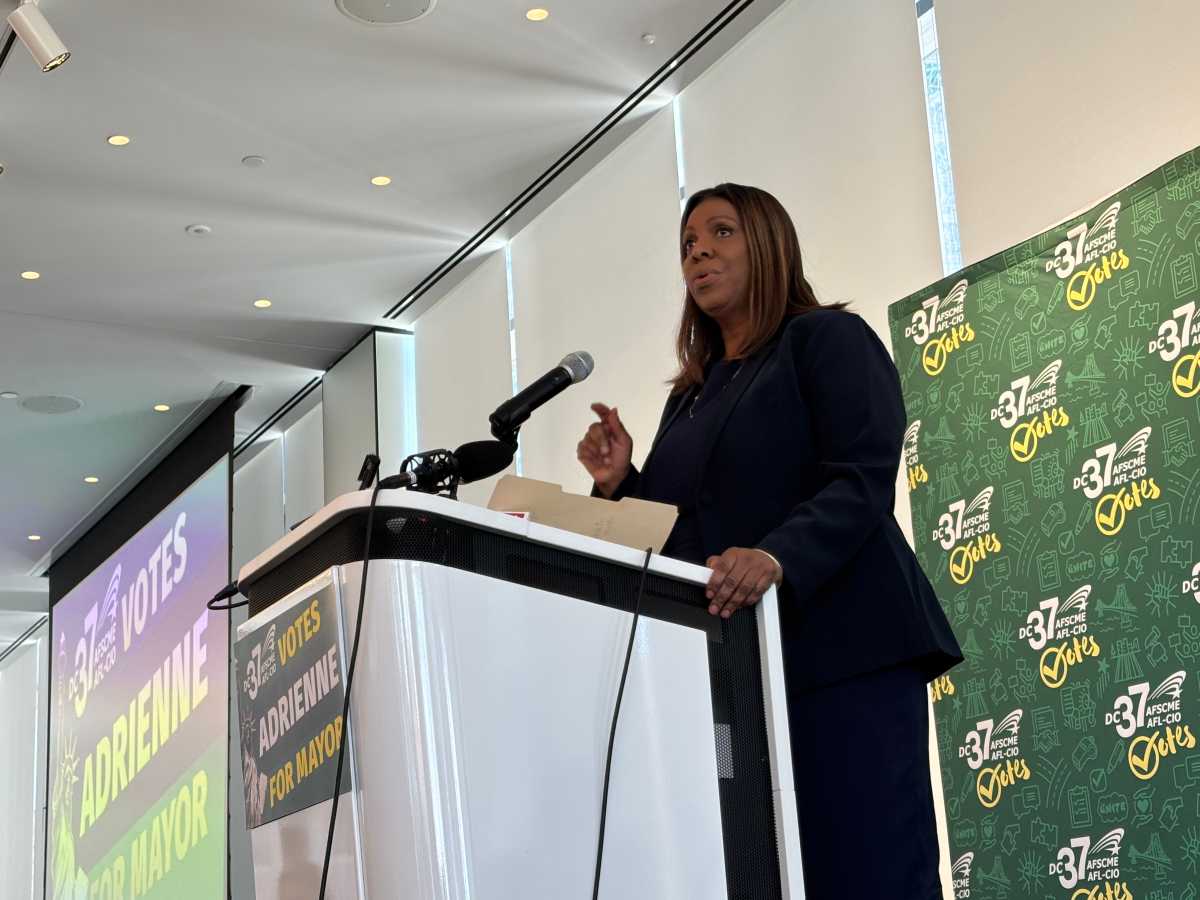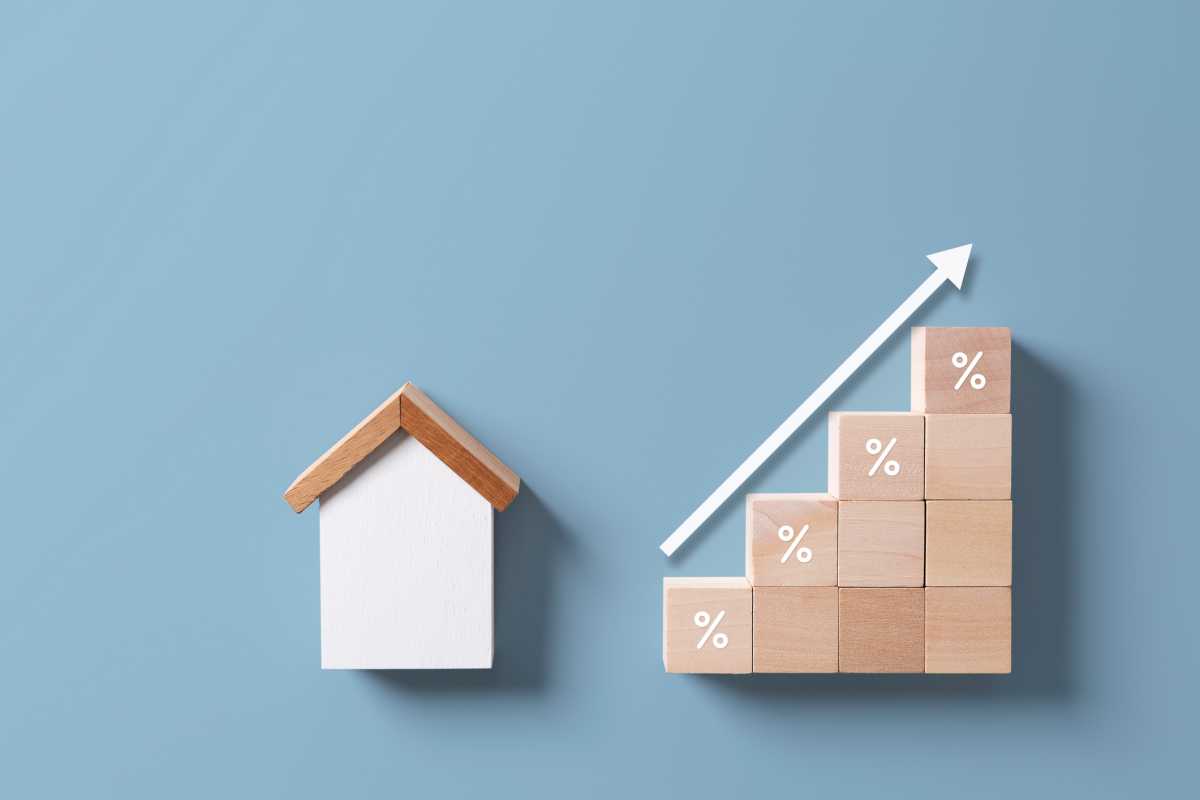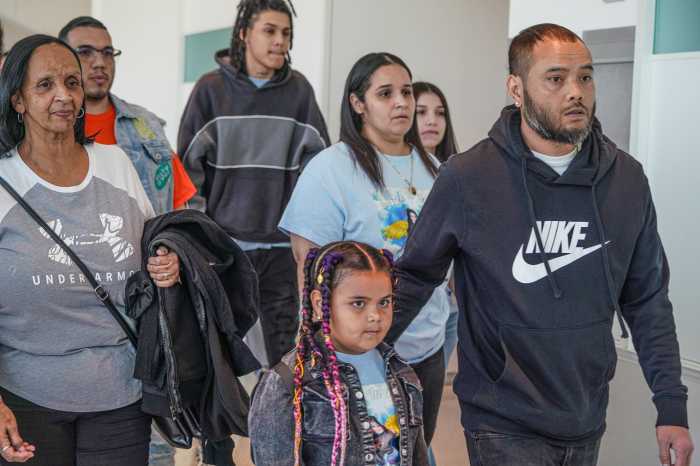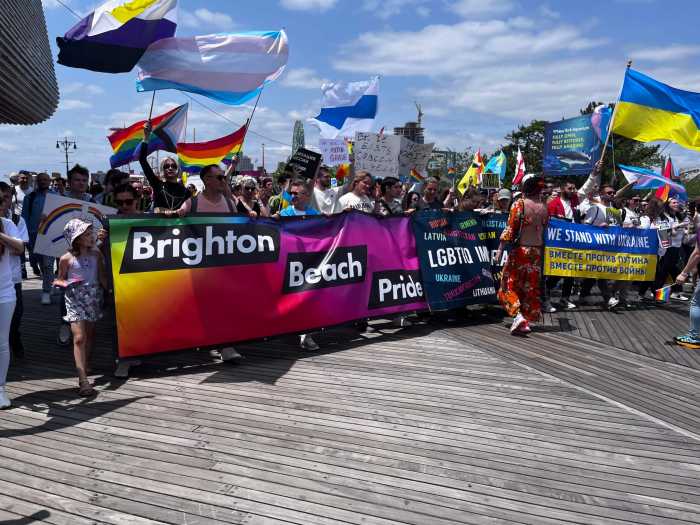By 2027, city officials will hope to usher Rikers Island into a different chapter when it closes the island’s pre-trial detention complex which has been cited as an ongoing human rights violation.
While there is a long road between now and the August 2027 deadline to close the jail — including an environmental study by the city’s DEP for the feasibility of future land use — that isn’t stopping some groups from laying the groundwork for the reimagining of a post-penal Rikers.
One such proposal by Regional Plan Association (RPA) titled A Plan For Renewable Rikers envisions a greener use for the 412-acre land, where the island would become a green energy hub with solar panels, recycling and composting infrastructure, and a citywide wastewater treatment plant that would free up 182 acres of community space in Queens and the Bronx.
“As Rikers Island descends deeper into crisis conditions, it is critical that we are prepared to hit the ground running on a new vision for its future,” said Moses Gates, RPA’s vice president for Housing and Neighborhood Planning. “RPA is proud to build on the work of environmental and criminal justice advocates in presenting a plan to reimagine Rikers’ 400 acres as a green energy hub that strengthens the city’s resilience to climate change and delivers substantial community benefits — especially for the Black, Brown and poor New Yorkers who have borne the brunt of mass criminalization and noxious energy facilities.”
The situation at Rikers grows more tenuous by the day, as the troubled jail is on track to conclude 2022 as its deadliest year in more than a decade with 18 people dying at the facility. More than 80% of the Rikers population confined there have not been convicted of a crime.
Across eight buildings on the East River between the Bronx and Queens, Rikers houses more than 4,800 detainees and was intended to hold people accused of crimes less than a year while awaiting trail as each case travels through the courts. For years though, advocates have called for the immediate release of detained Black and Latino New Yorkers — who disproportionately make up 90% of the city’s jail population — as a public health call for prisoners experiencing inhumane conditions at the well-documented facility.
New York City Council voted in 2021 to permanently close Rikers Island and transfer ownership of the island from the city Department of Correction to the Department of Citywide Administrative Services.
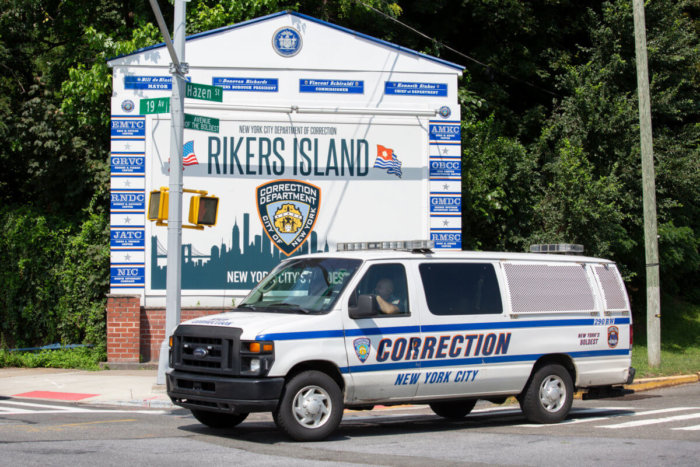
Advocates say that the transfer in ownership allows the city’s energy and waste infrastructure – currently located in neighborhoods surrounding the island in Queens and the Bronx – to be moved to Rikers, reducing health risks that have become moribund in South Bronx neighborhoods where treatment plants are concentrated.
“Moving advanced sewage treatment and clean power generation to Rikers would not just help in the essential fight against climate change, it would free primarily Asian, Black, and Latinx communities from polluting (and) noxious plants that have burdened them for decades,” said Zachary Katznelson, executive director of the Independent Commission on New York City Criminal Justice and Incarceration Reform.
“One of the biggest hurdles is the environmental condition of the island, which is inundated with landfill that would need to remediated and making sure that the soil in the island is safe to build on,” said Gates. “A lot of the island is old landfill, especially on the eastern side of the island and remediating that would need to be a first step before anything becomes a reality.”
Rewenable Rikers advocates say the proximity of three marine waste transfer stations make Rikers Island ideally situated to become a hub for organics processing, and could reduce truck traffic in the South Bronx. A greener Rikers could also help both the city and state reach its ambitious commitments to transition the state’s electricity grid to renewable energy.
Last year, fossil fuels still accounted for 85% of the city’s electricity generation, but incoming clean energy projects from upstate New York and Canada figure to make a dent in the city’s fossil fuel usage. The effects on the South Bronx environment and its inhabitants due to the peakers, a facility that only turns on during times of peak electricity demand, and the city’s reliance on fossil fuels — 80 and 90% of the city’s electricity is powered by fossil fuels — are potentially irreversible, residents and environmentalists tell the Bronx Times.
“Following through on the vision for a renewable Rikers is a can’t miss opportunity for the City to reach its decarbonization goals while serving as a national model for climate-focused redistributive justice,” said Gates.
Much of Riker’s “green future” relies on the results of the aforementioned DEP assessment of the land. While other uses, such as low-rise residential developments, have been discussed in previous years, a slew of concerns – such as transit accessibility and leakage of toxic methane gas from its landfill base – make it less than desirable for residential or commercial development.
Before it’s 1932 conversion to a jail, Rikers Island had become a Civil War traning ground for fighters of the “New York Zouaves” or the 9th New York Volunteer Infantry.
Reach Robbie Sequeira at rsequeira@schnepsmedia.com or (718) 260-4599. For more coverage, follow us on Twitter, Facebook and Instagram @bronxtimes

